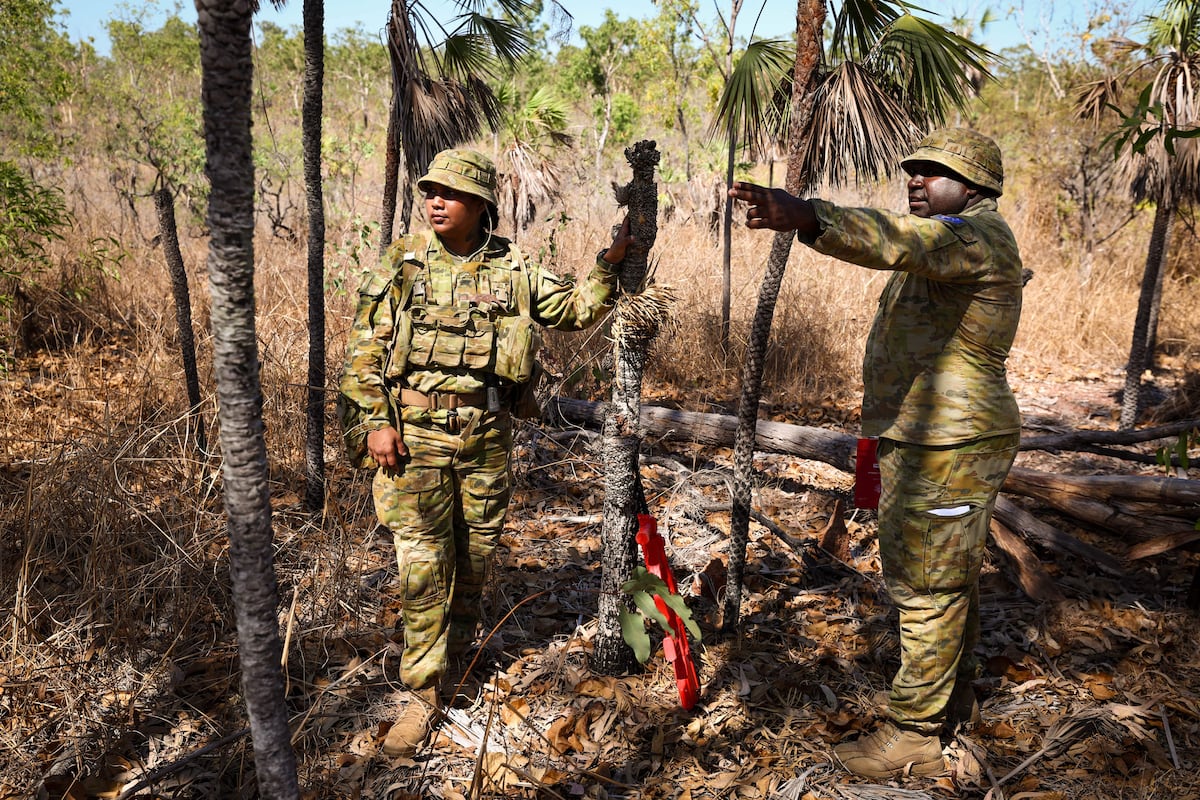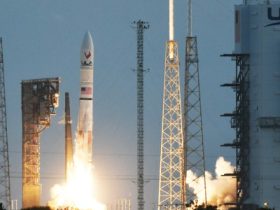MELBOURNE, Australia — The Australian Army seeks to lean more heavily on aerial drones, with a comprehensive upgrade program for all size classes now in the pipeline, according to a service official.
“My prediction, ahead of any formal requirement being provided, is that future warfighting will see an increase in platforms with increased sophistication and capabilities,” Col. Helen Mammino, Director Battlefield Aviation Program of the Army Aviation Command, said here on Sept. 11 at the Australian Association for Uncrewed Systems conference, held in conjunction with the Land Forces 2024 event.
The opportunity arises because advances in robotics and autonomy are converging with new drone developments, according to Mammino.
“One of the key features for our objective-force operating environment will be the abundance and proliferation of uncrewed aerial systems,” or UAS, she added.
RELATED
The ground service has combined various army efforts under the umbrella program DEF 129, divided into four size categories: nano-UAS, small drones (SUAS), SUAS-plus, and tactical drones (TUAS).
Beginning with the larger, brigade-level TUAS, the Australian Army is in the process of fielding Insitu RQ-21A Integrators to replace Textron’s Shadow 200 aircraft. “The delivery of the RQ-21 is currently underway, with an end state being a full complement of six systems introduced … by the end of 2025,” Mommino said. Each system contains four aircraft, with their indigenous content levels reaching 82%.
Concerning the SUAS-plus category for combat teams, Elbit Systems has been on contract since late 20222 for the Skylark I-LEX, but systems are only now reaching Australia. Designed for domestic use, they will be tasked with assisting civilian authorities, for instance.
The army also presently uses AeroVironment’s Puma AE in the same size category, and efforts to replace these will not occur before the early 2030s.
The DEF 129 program’s phase 4B targets the platoon-level SUAS segment, where the AeroVironment Wasp AE is being replaced by a mixed fleet comprising the Quantum-Systems Vector 2-in-1 for mounted operations, and the Sypaq Systems CorvoX for dismounted use. An contract exceeding $100 million Australian (US$68 million) announced in mid-July will see delivery of both types from the third quarter of 2025.
The Australian Army currently uses the Black Hornet 3 as a nano-UAS in infantry sections. Officials are also experimenting with numerous other types, and Mammino said ten nano variants would be in use by 2025.
Last year, the government suddenly canceled the Navy’s selection of Schiebel’s S-100 Camcopter. The Army is now responsible for the maritime UAS mission, and Mammino said her command is “working through the early stages of requirements for those systems, and understanding what the acquisition pathway will look like.”
Meanwhile, Army Aviation Command is also responsible for introduction of 29 AH-64E Apaches and 40 UH-60M Black Hawks into Australian service. Mammino said eight Black Hawks are already in Australia, with four more due before year’s end.
Gordon Arthur is an Asia correspondent for Defense News. After a 20-year stint working in Hong Kong, he now resides in New Zealand. He has attended military exercises and defense exhibitions in about 20 countries around the Asia-Pacific region.
Read the full article here








Leave a Reply